As landslides increase in frequency and intensity, holistic ecosystem protection policies and rescue and rehabilitation programmes are the need of the hour
The gravity of landslides

A new tragedy unfolds every few minutes in the Family Health Centre in Meppadi, Wayanad district, Kerala. Distressed survivors search for missing relatives among the deceased — shrouded in white.
While the official death toll in the catastrophic landslide that occurred in Wayanad on July 30 is 229, it is expected to climb with many people still missing.
The Wayanad landslide is widely considered as yet another human-made disaster and comes as a warning of a repeat of such incidents in the Western Ghats. The stark visuals have once again shifted focus onto landslides triggered by torrential rains and anthropogenic activities.
In Yellapur, Uttara Kannada district, 54-year-old Kamalakar Gaonkar watched the TV visuals of rescuers and grief-stricken victims from Wayanad. They immediately seemed eerily similar to what he had witnessed during a major landslide in the district’s Kalache village in 2021.
The disaster occurred in a matter of seconds — the hills surrounding his house stood gashed. In a flash, rainwater gushed into his house from all sides. The survival of his family of eight was nothing short of a miracle.
“We had never witnessed such heavy rain. It started at around 1.30 pm on July 20 and continued till July 23. At around 9.30 pm on July 21, we heard a loud sound, as if someone was blasting dynamite. And before we could realise what was happening, the hill slid, and our areca and coconut trees disappeared. Our ancestral house cracked, forcing us to run out amidst heavy rains,” he recalls.
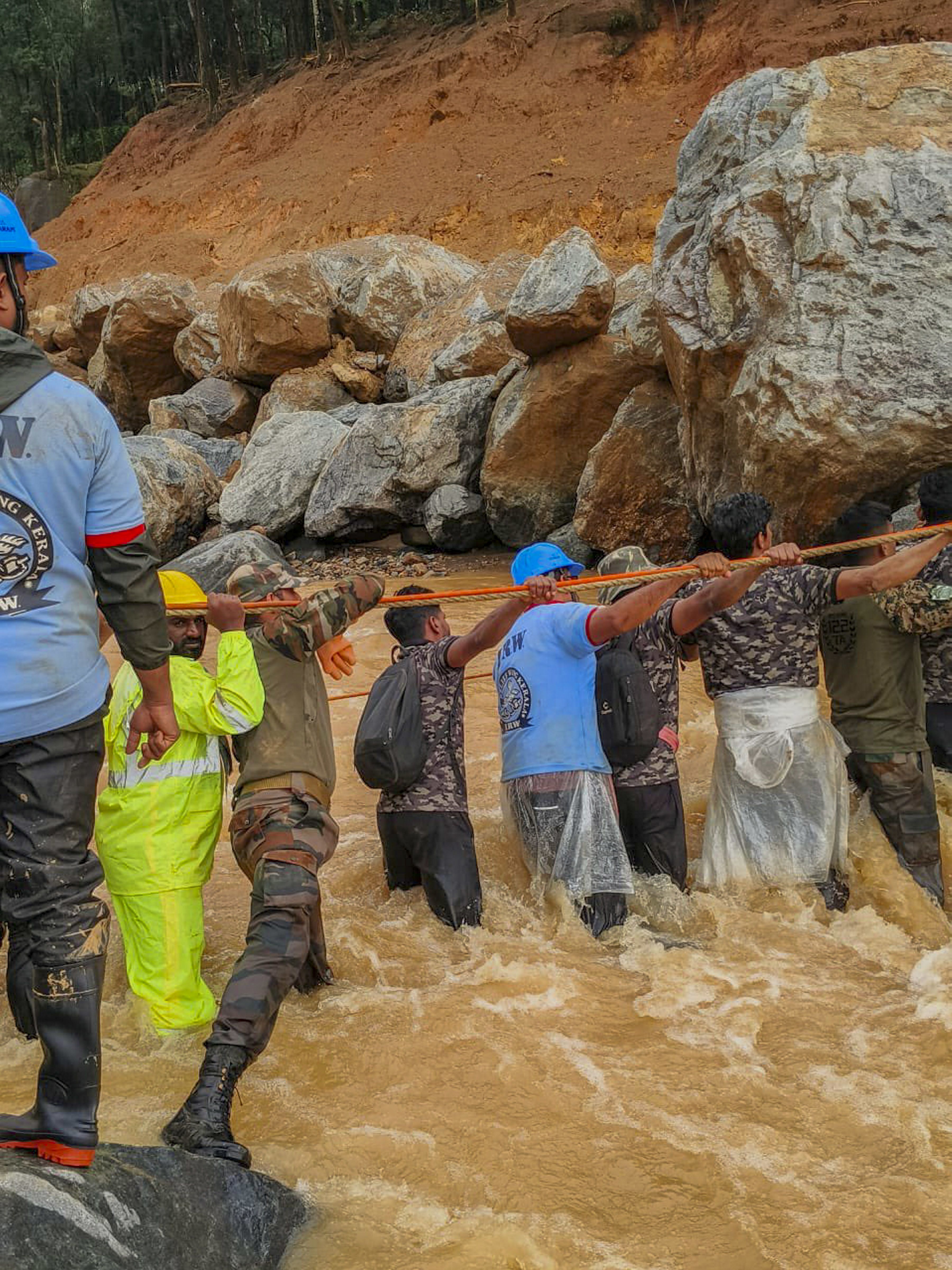
For the next four hours, his family, along with 200 others, watched as heavy rains wreaked havoc. There was no way out. The sole road to Yellapur, some 26 km from Kalache, was chock full of branches and fallen trees. It was also affected by multiple landslips.
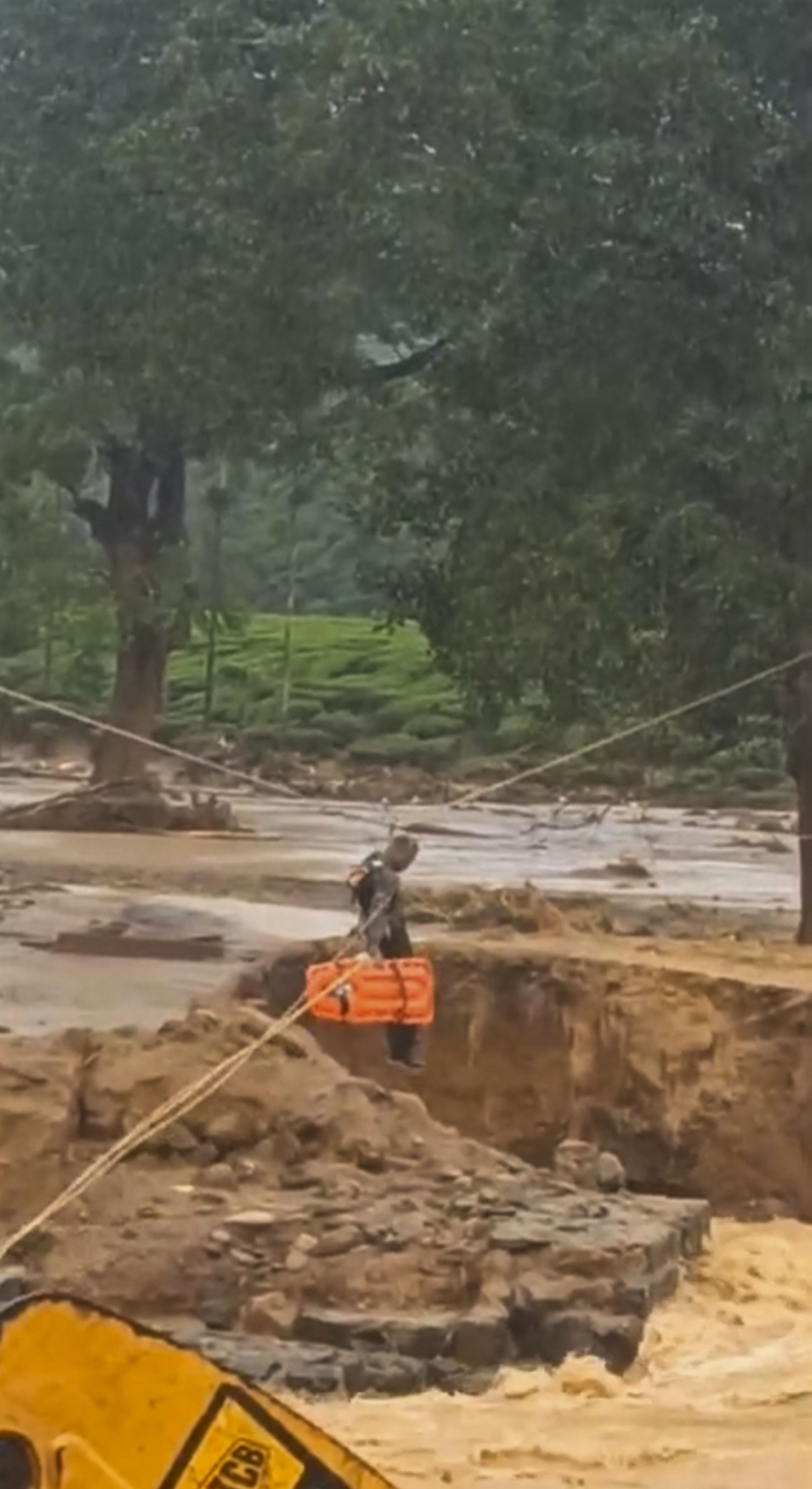
Professional rescue operations came only 78 hours after the disaster struck. Shankar Bhagwath, who lived in a house nearby explains how this wait was agonising. “My aunt died under the debris of her house before the machinery reached. Some locals managed to pull out three others with their bare hands,” says Bhagwath.
The crisis did not stop there. Three days after rescue operations were initiated, Kamalakar lost a relative to a heart attack as they were unable to take her to a hospital with roads still closed for movement.
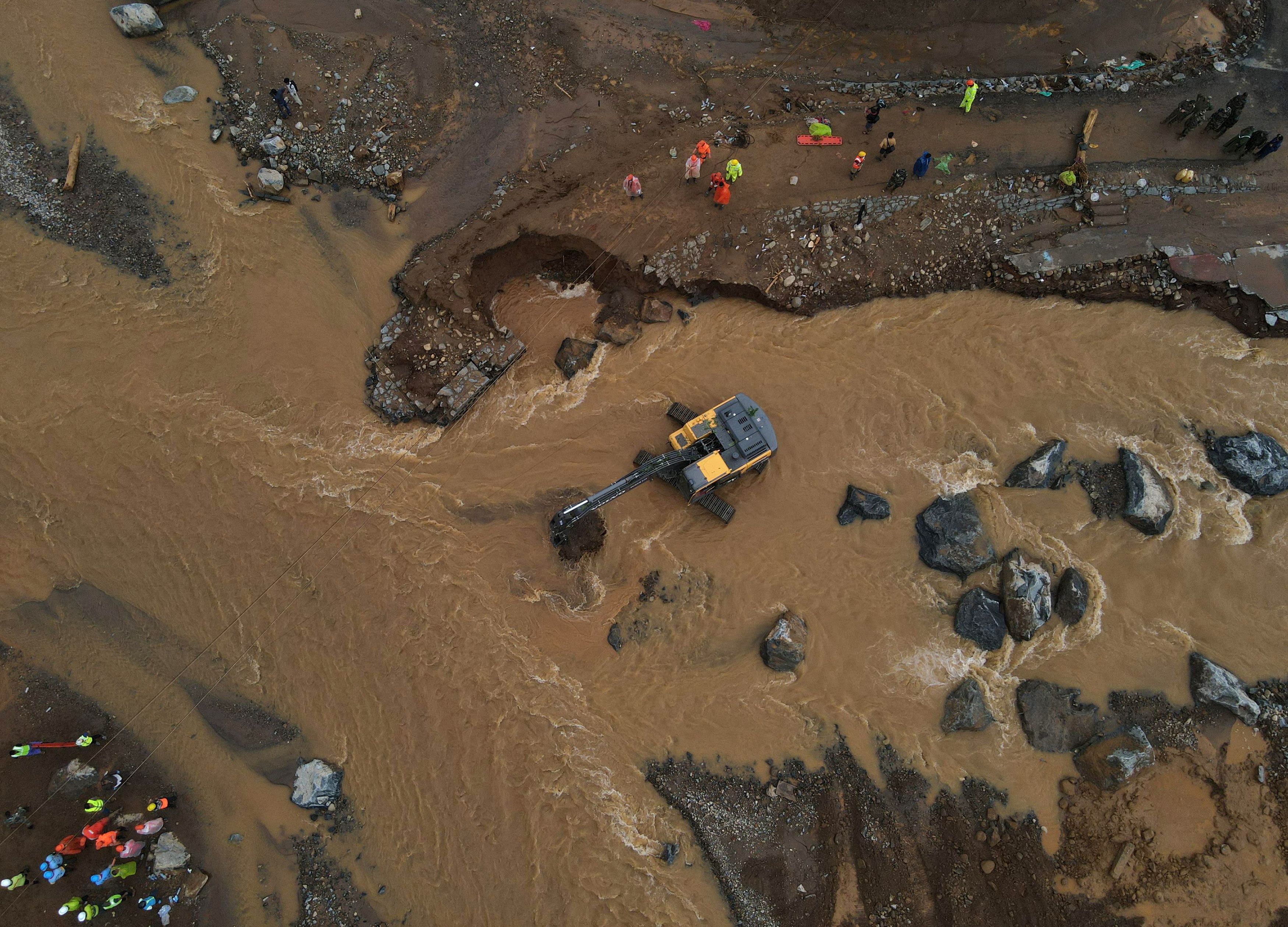
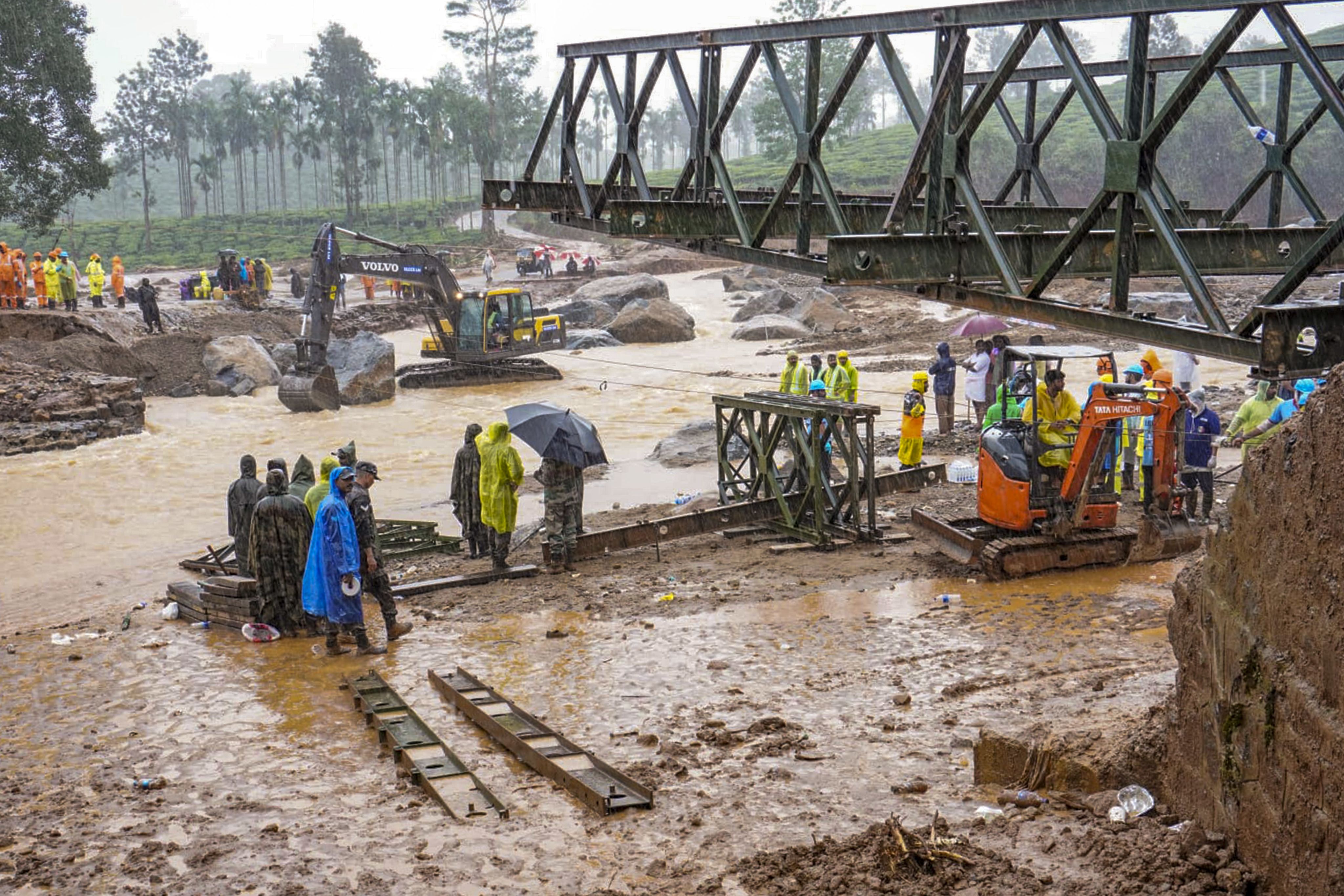
More recently, a massive landslide hit Shirur village in Uttara Kannada on July 16. Eleven people were washed away and three trucks were submerged in the Gangavali river. Hundreds living in Ulliver village had to be rehabilitated.
Over the last two decades, stories of harrowing deaths, narrow escapes, and loss of home, property and livelihood due to landslides have become a regular occurrence in states that are home to the Western Ghats. In Karnataka, government documents indicate that between 2006 and 2023, the state reported 1,495 incidents of landslides, losing 81 people in these disasters.
According to the Landslide Atlas of 2023 by the Indian Space Research Organisation, eight districts in Karnataka are among 150 in India listed as at high risk for landslides.
Ranking at 12 and 13, Kodagu and Wayanad respectively stand at an increased risk for landslides.
Hassan, Dakshina Kannada, Udupi, Chikkamagaluru, Shivamogga, Uttara Kannada and Haveri are other districts in the state that are vulnerable to landslides.

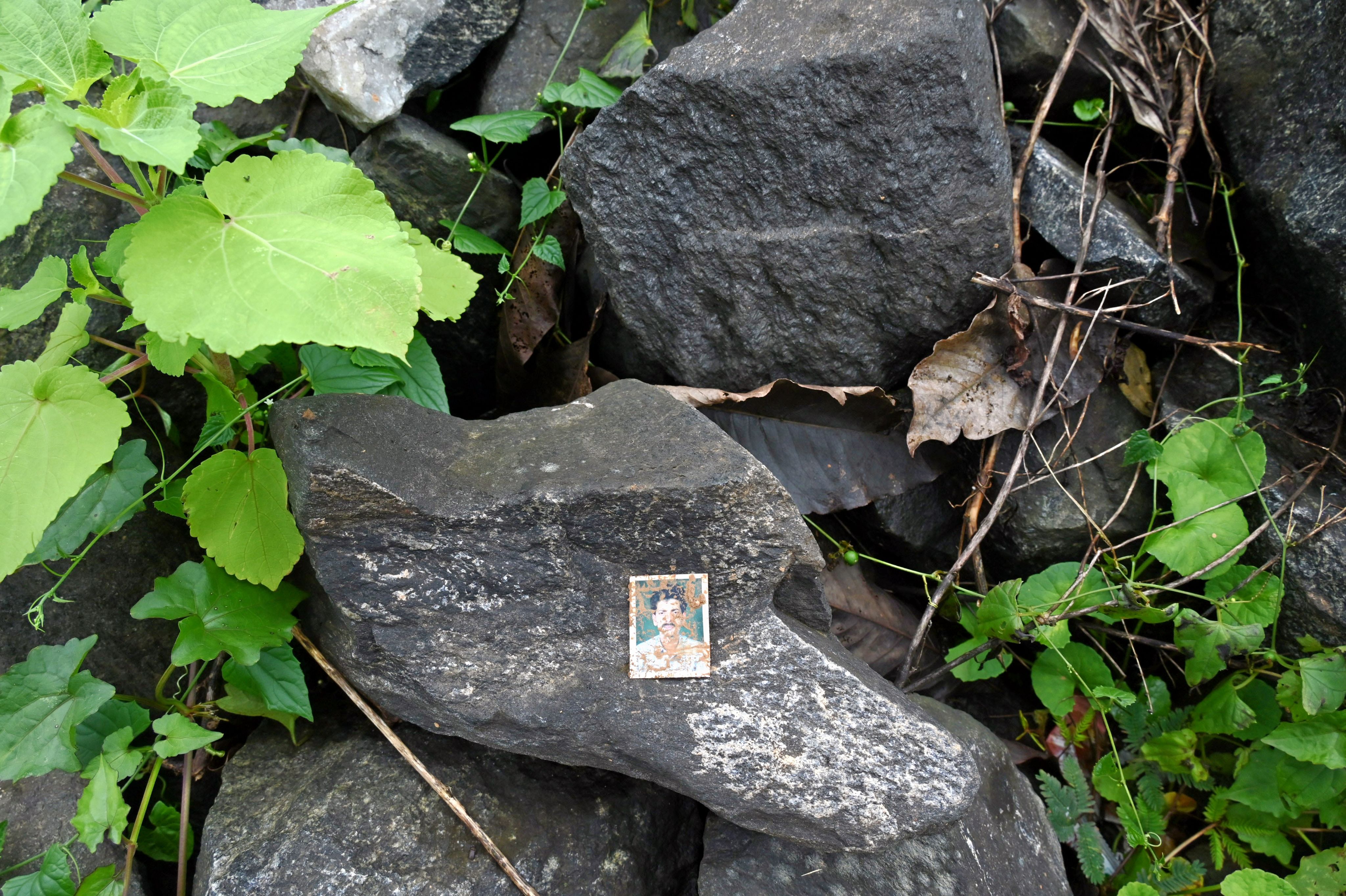
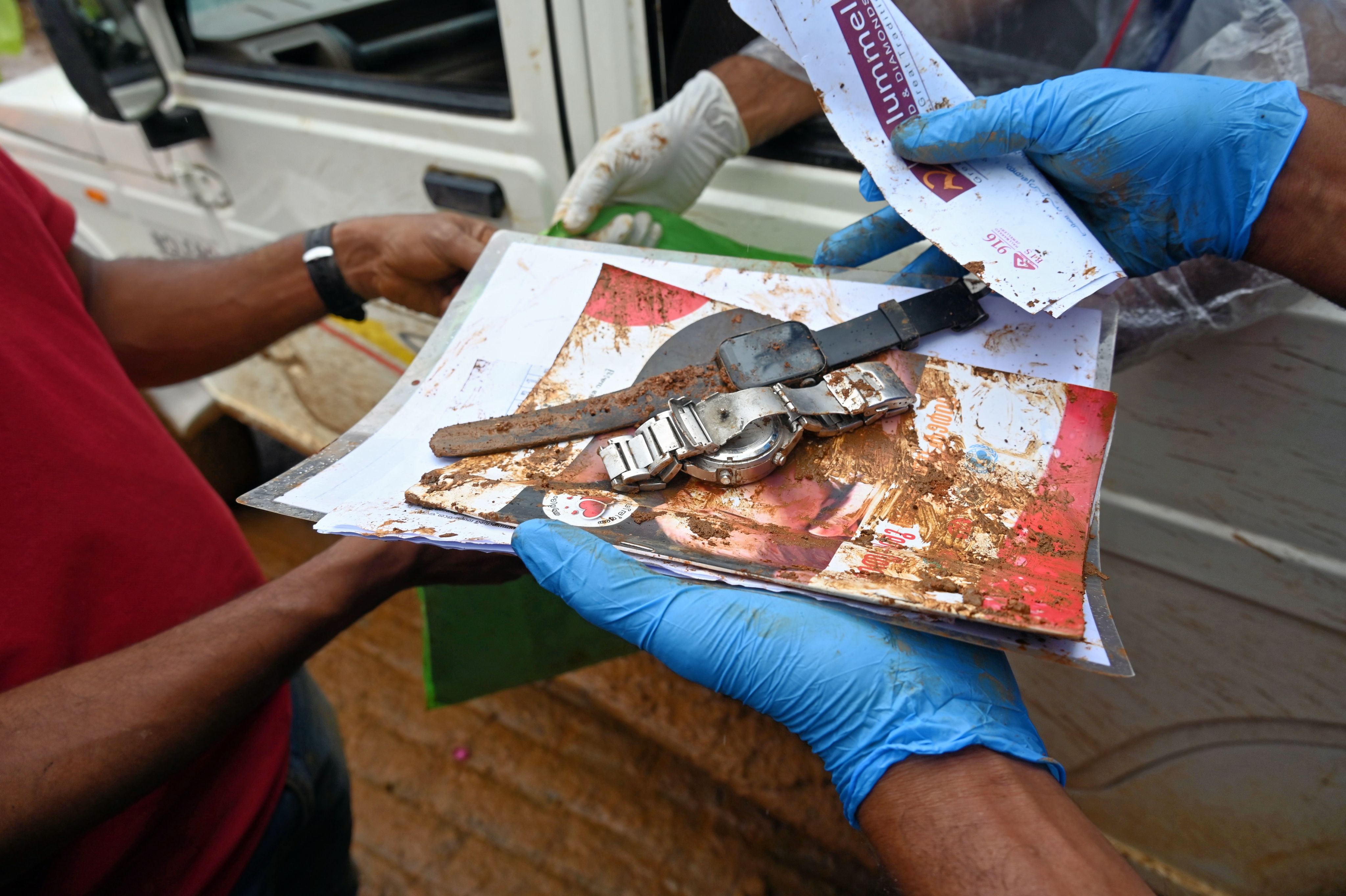
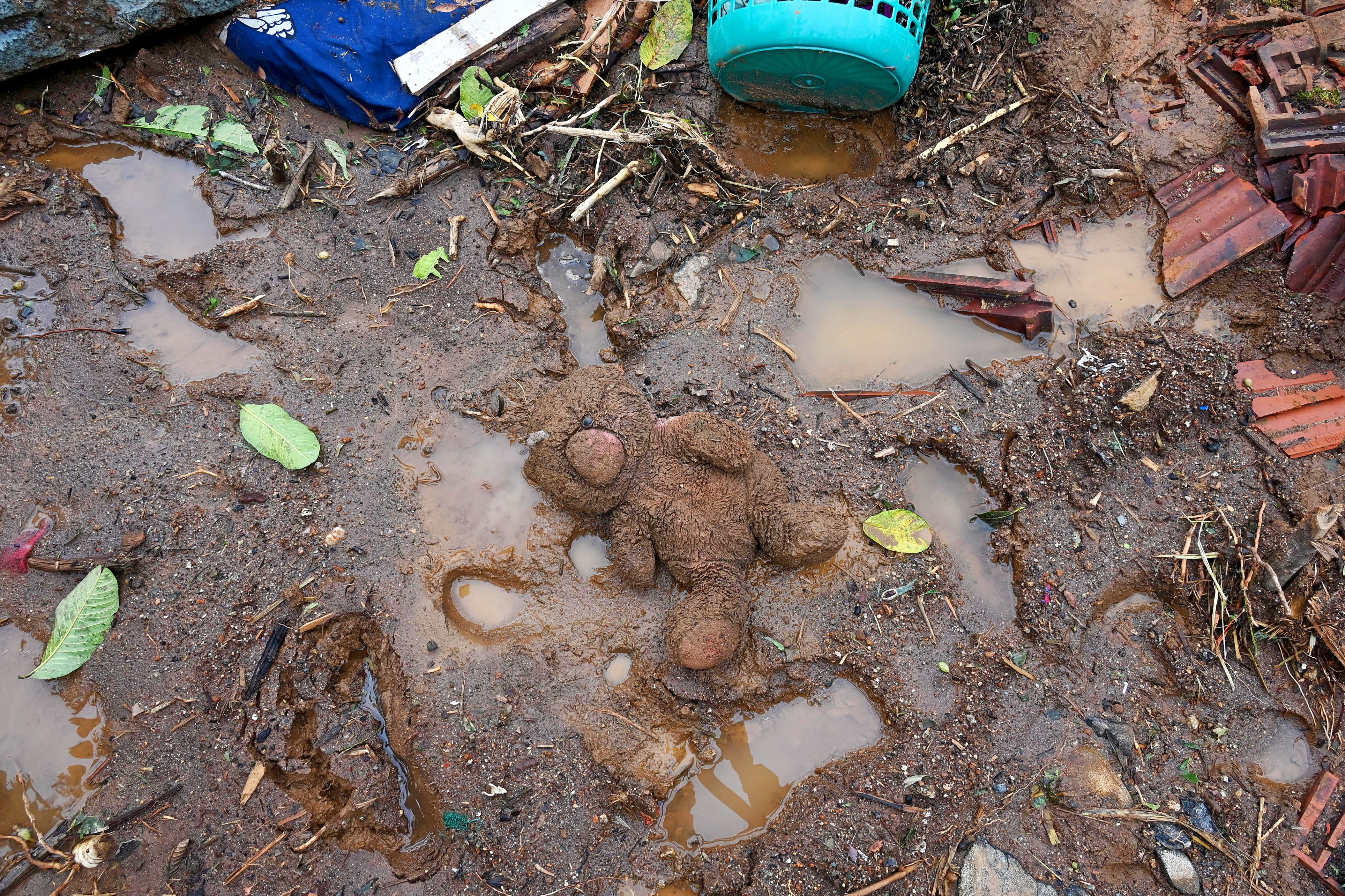

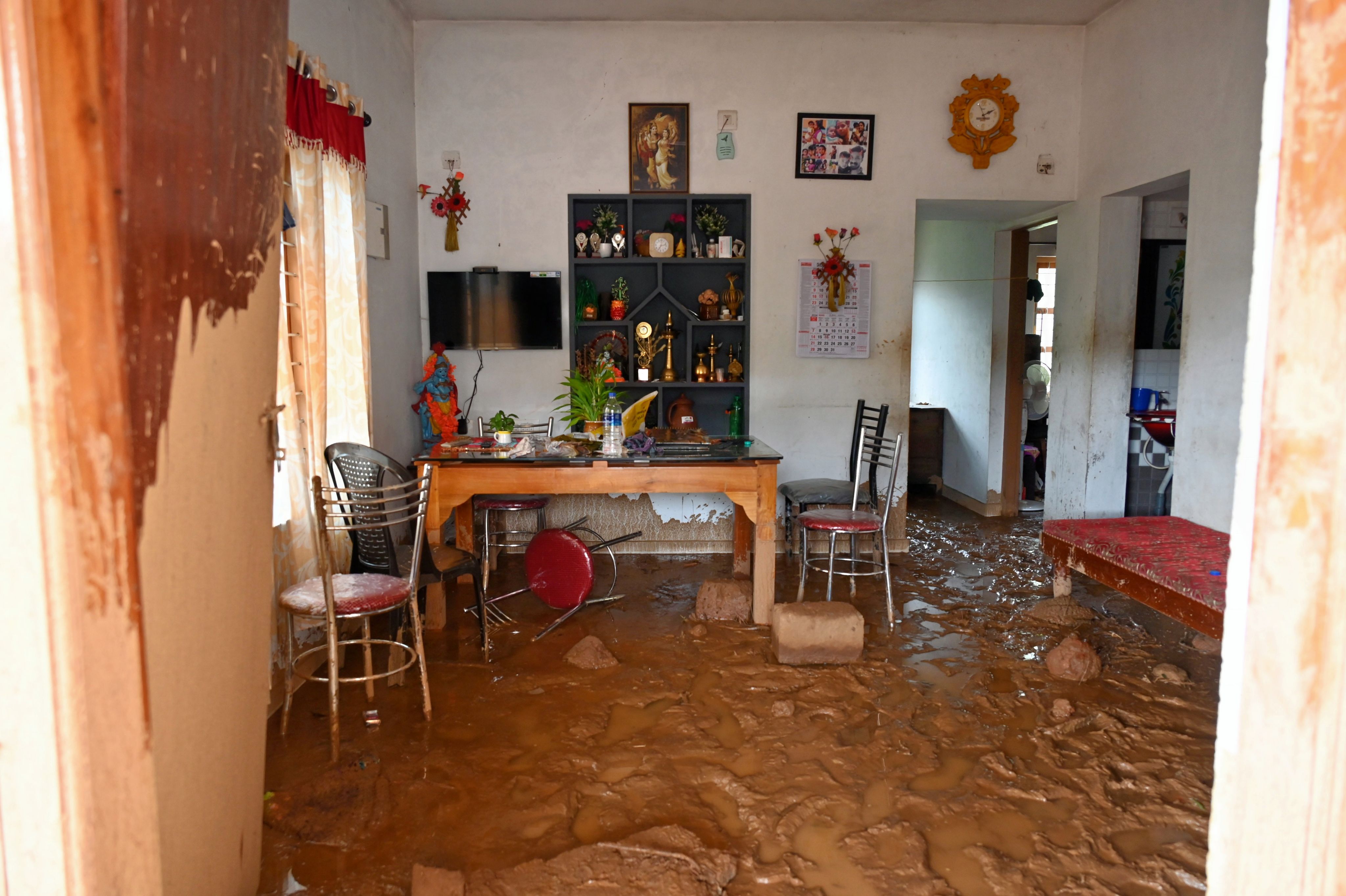

Major landslides in the country
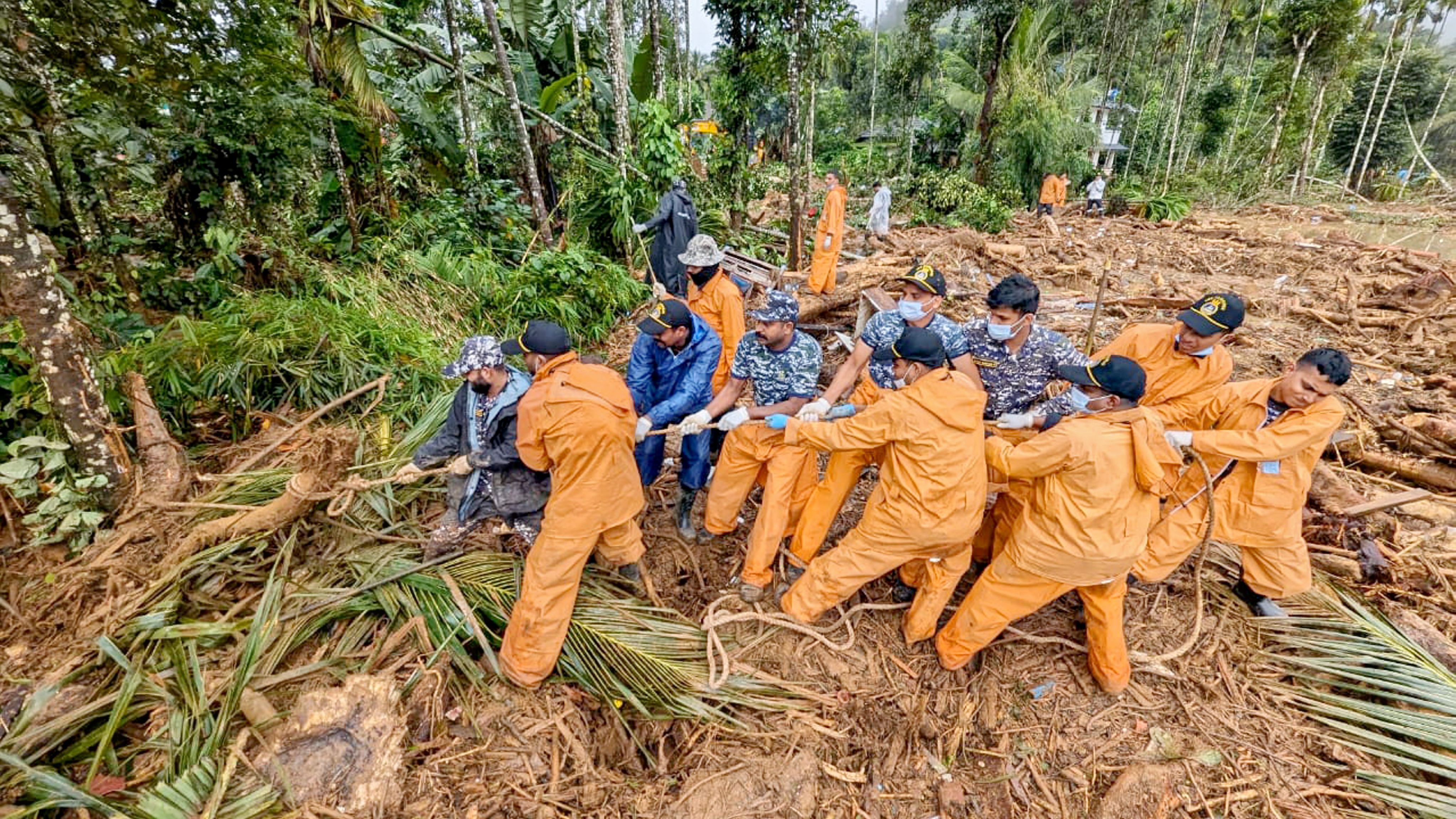
2024: Kerala
Multiple landslides hit Wayanad district after torrential rains on July 30. As many as 392 deaths have been recorded, with many more people still missing. Government shelters and hospitals are currently housing over 8,000 displaced people.
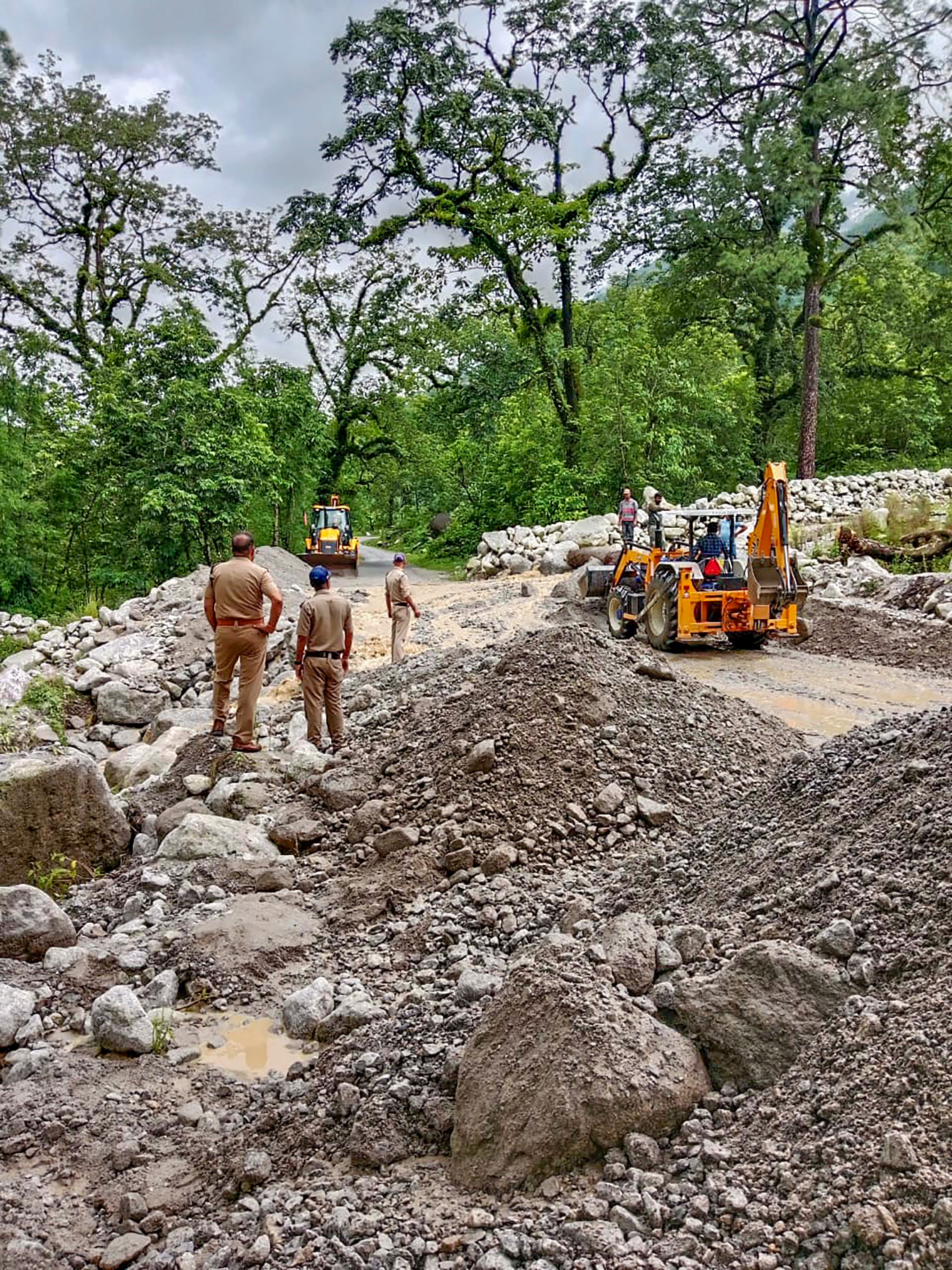
2023: Uttarakhand
Nearly 100 people were killed in landslides and floods during the monsoon in Uttarakhand. 1,100 landslides occurred that year. The number of casualties was the highest in the past eight years. Studies of these landslides showed an increase in the velocity of landslides in the Himalayan region due to tectonic, hydrological and human activities.
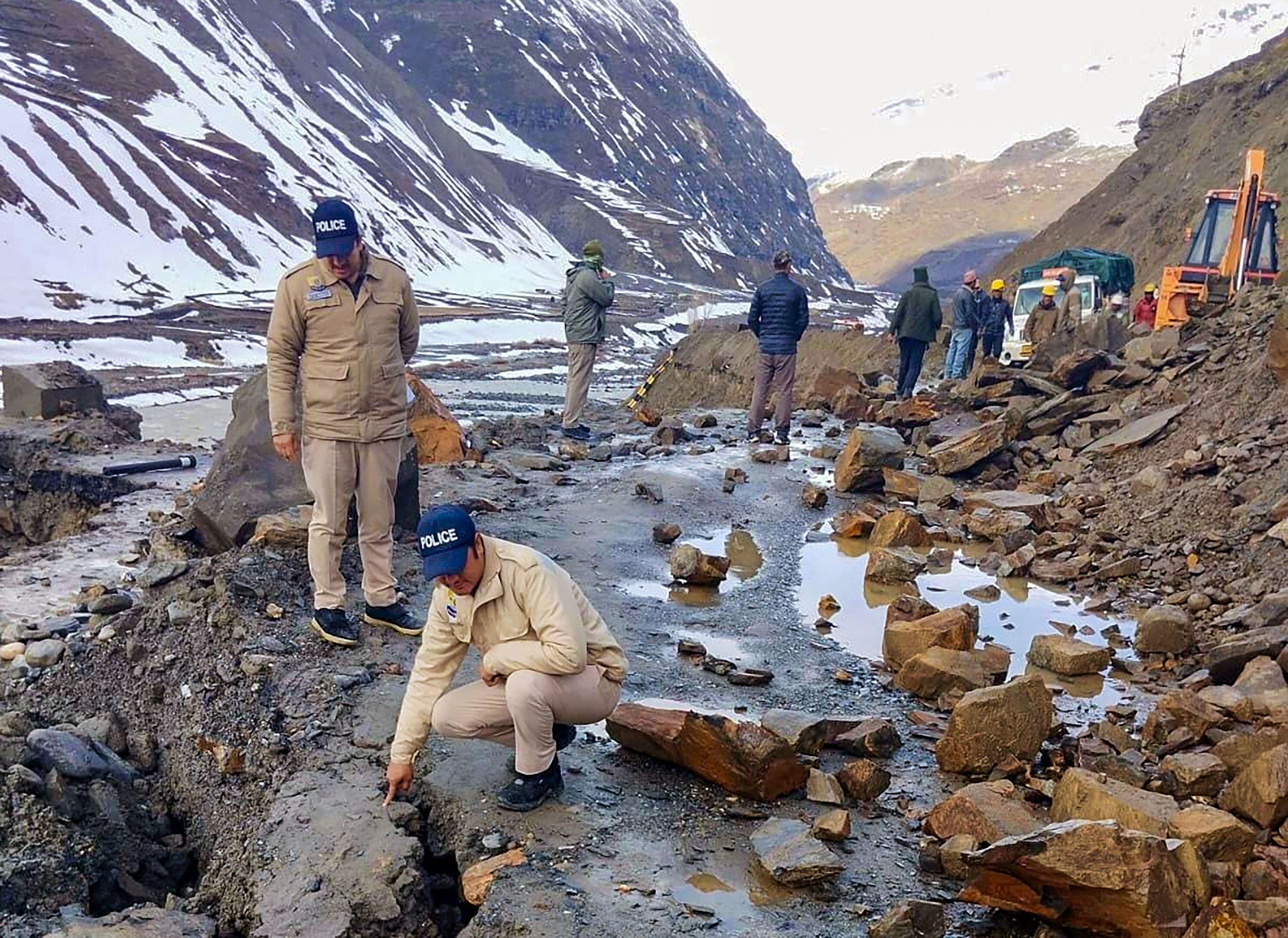
2023: Himachal
Intense and prolonged rainfall triggered multiple landslides in Himachal Pradesh. 400 people died in 163 landslides and 72 flash floods following three spells of heavy rains in July and August. The economic loss was quantified at over Rs 12,000 crore.
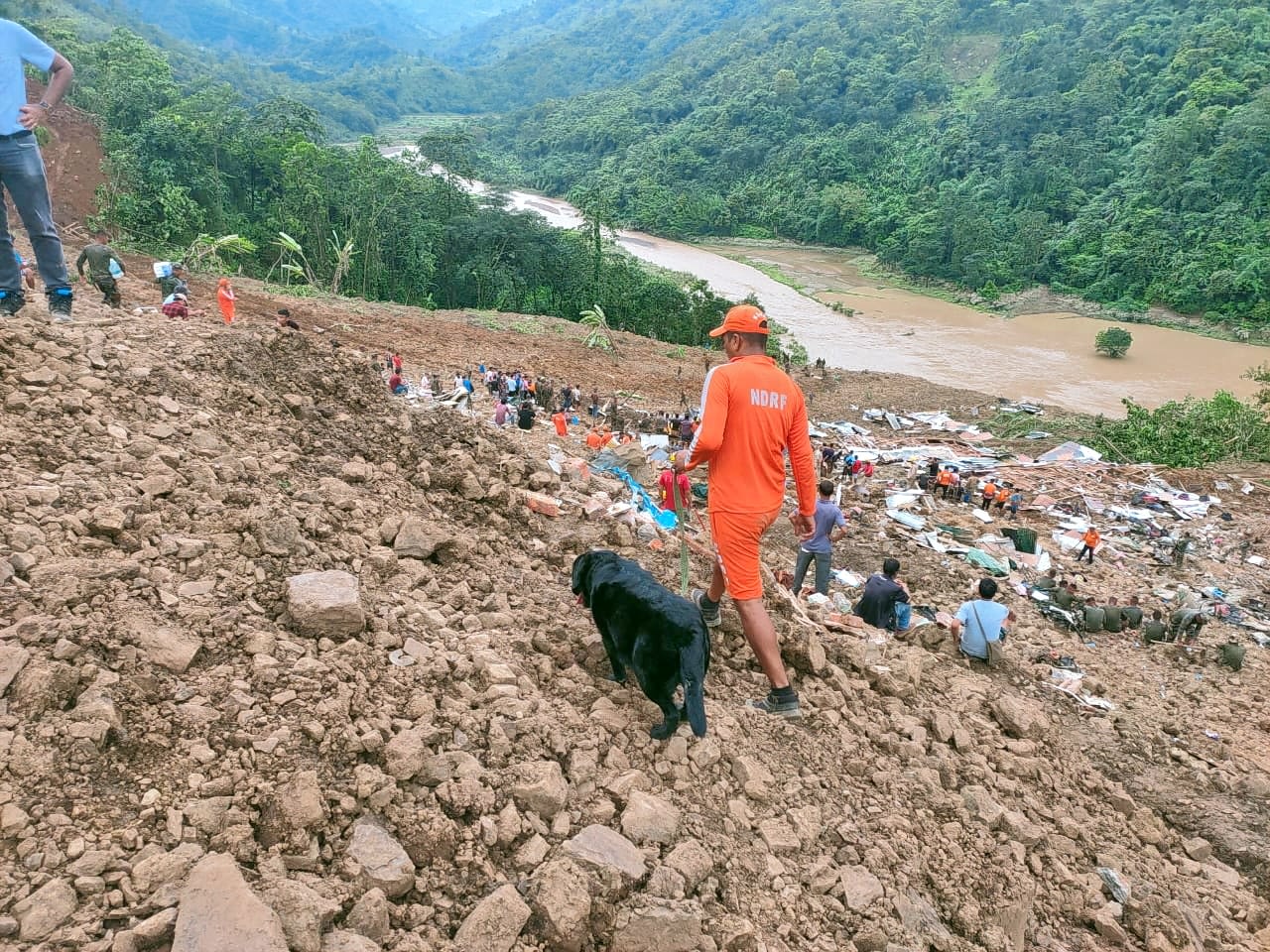
2022: Manipur
A large landslide in June killed more than 60 people and injured several others at a campsite in Noney in Manipur. Development projects and debris obstructing the river's flow were attributed as the major reasons behind the tragedy. An extensive slope has been cut for the construction of a railway station, leaving the area more vulnerable.
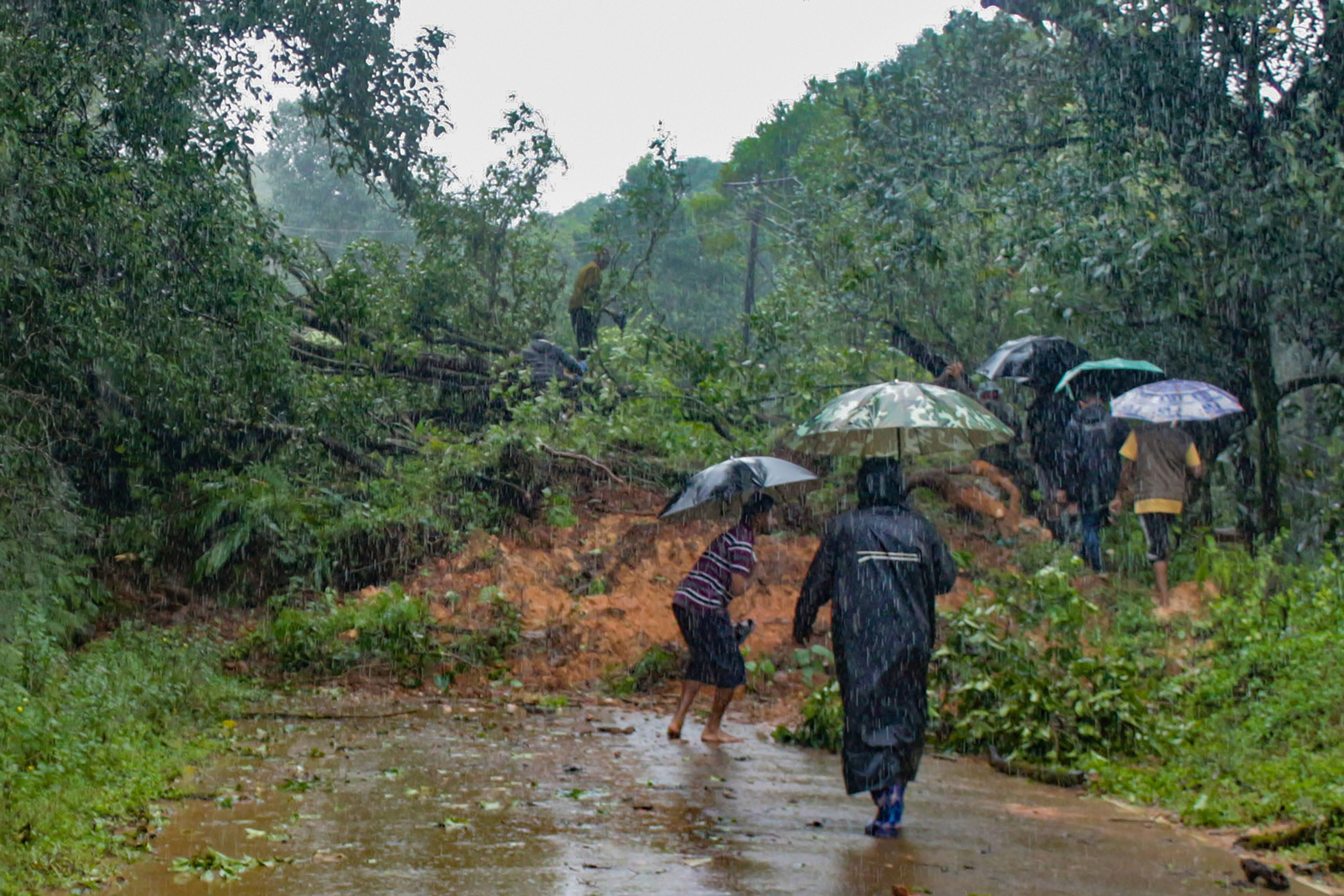
2019: Karnataka
61 people were killed and 7,00,000 were displaced after heavy rainfall, flooding and landslides in Chikkamagaluru, Kodagu, Dakshina Kannada and Uttara Kannada. Thousands lost their homes and livelihoods, with many still awaiting compensation.
Unchecked development
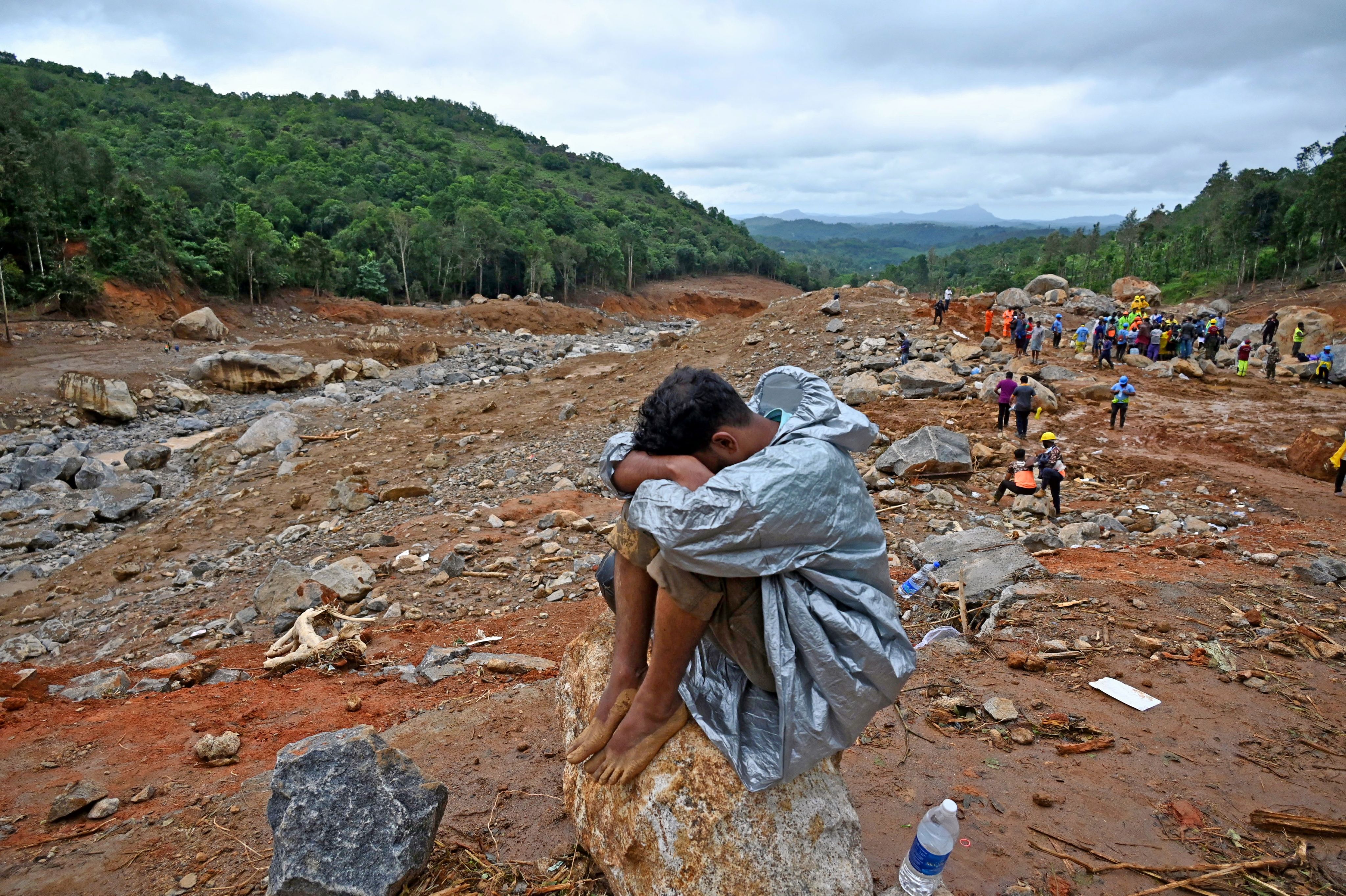
While landslides are certainly caused by torrential rains, loose soil and natural erosion, unchecked growth and unscientific development greatly enhance risks. Experts blame mining in forest areas, urbanisation, construction work and degradation of forests as major reasons behind the increase of landslides in the Western Ghat districts.
“The Western Ghats and the coastal area in Karnataka are fragile ecosystems. Multiple engineering departments, geologists and ecologists have to be consulted before cutting hills. The loss of primaeval trees with roots modified to protect soil on steep road cuttings have resulted in large-scale landslides,” explains M D Subhash Chandran, a scientist at the Centre for Ecological Sciences, Indian Institute of Science.
In Wayanad too, many experts say ‘development’ projects might have significantly contributed to the disaster. A new tunnel project close to the present landslide spot in Meppadi has been blamed. Even though a landslide took place close to the spot at Puthumala in 2019, claiming 17 lives, the government still considers the tunnel road project a priority. This is the sixth major landslide that Kerala
witnessed since 2018.
The inability to curb illegal quarrying activities and tree felling, frequent relaxations in ecologically sensitive areas and the government’s failure to enforce disaster management norms are some causes behind the Chooralmala-Mundakkai
landslide in the region.
“Unscientific development has ravaged the fragile Western Ghats and if we do not apply our mind now, we will see more such devastation,” says Madikeri-based environmentalist Thammu Poovayya.
He adds that there is a near-constant fear among the people of Kodagu that a repeat of the 2018 landslide disaster could be around the corner. Starting from 2018, Kodagu witnessed landslides through 2019 and 2020, killing 25 people.
Anthropogenic activities have similarly instilled fear in Chikkamagaluru’s Guddethota. The region witnessed torrential rainfall this year as well.
Evacuation
Narayana, a resident of Guddethota, explains that every monsoon brings with it a discussion on the relocation of families. Officials, however, end up only making temporary arrangements until the rain recedes.
Even though the land has been identified to relocate the families, there is a reluctance to relocate given the distance from Guddethota. Meanwhile, officials say that villagers have signed an undertaking, affixing responsibility on themselves in case of a disaster.
Meena Nagaraj, deputy commissioner, Chikkamagaluru, explains that another parcel of land has been identified for relocation and a joint survey has been initiated.
Caught amidst this paperwork are people like Leela, a resident of Guddethota. As a person with disability, escaping when disaster is imminent is a challenge.
In Kerala too, the inability of government agencies to put in place foolproof weather and calamity alert systems has remained an obstacle to putting in place a prevention system.
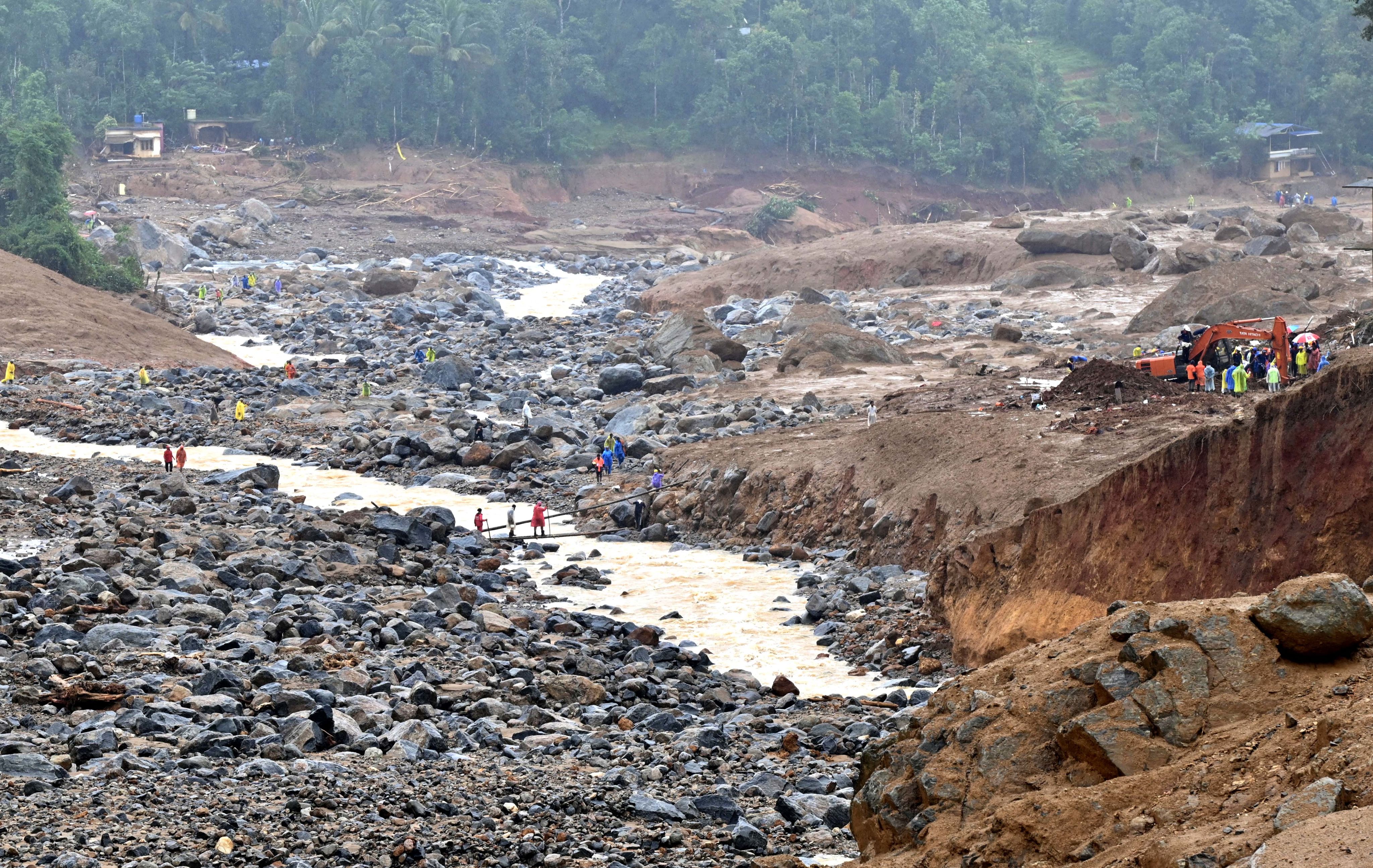

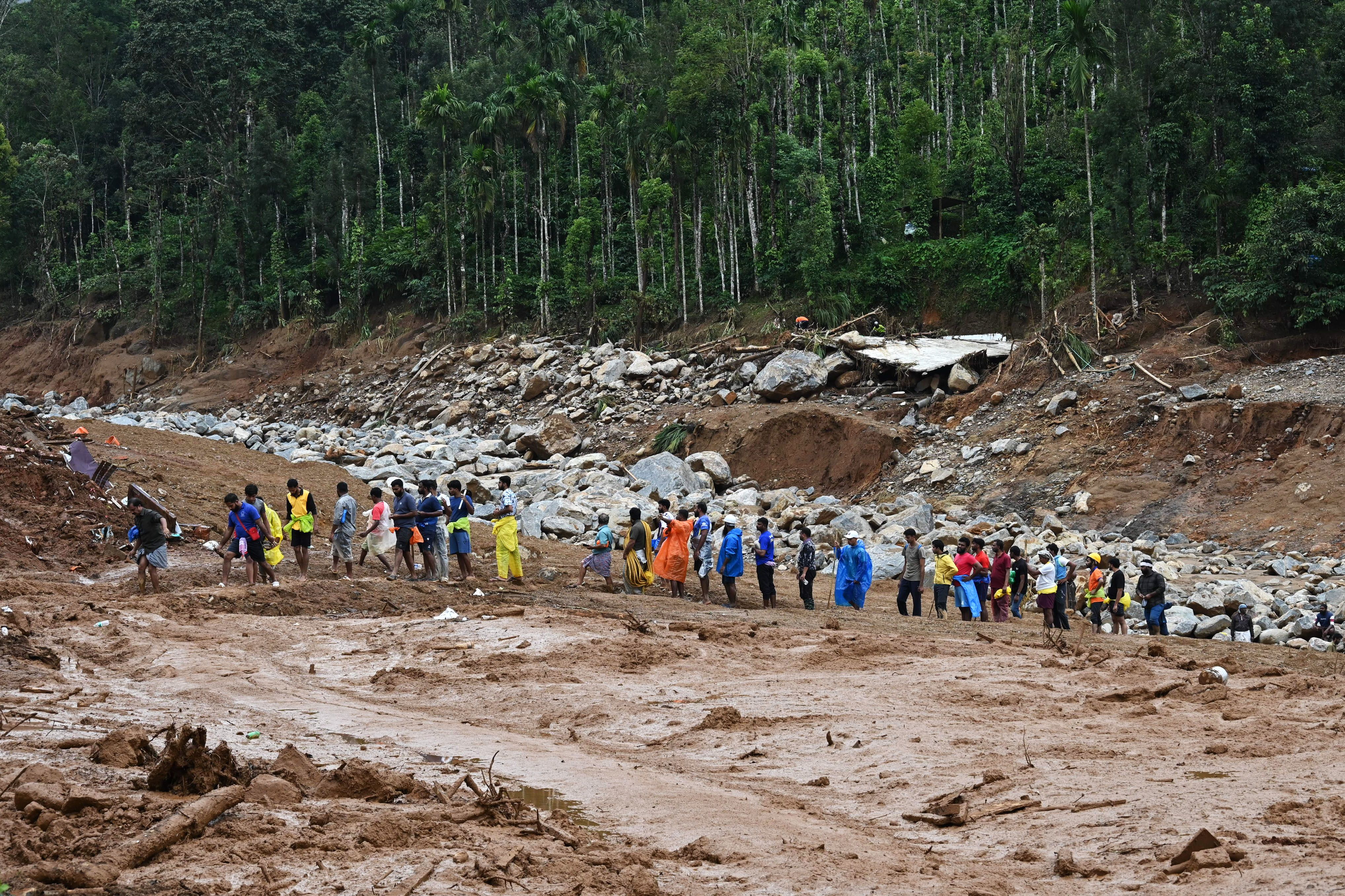
Life after a landslide
While those staying in vulnerable areas are at risk and await relocation, those who have already faced disaster face several challenges.
Geetha Mishra, an advocate who filed a PIL in the High Court of Karnataka, requesting fair compensation and rehabilitation for victims of the Kodagu landslides, says locals and labourers are among the most affected victims.
The High Court dismissed the PIL on the grounds that the applicant had no locus standi in the case as she was not from Kodagu.
Overall there is government apathy in rehabilitating landslide-affected persons and they continue to remain voiceless in society,” she says.
Among those awaiting compensation is Ganesh Madhugundi, a resident of Madhugundi in Chikkamagaluru. Until August 9, 2019, Madhugundi was a happy farmer, cultivating coffee, arecanut and cardamom in his fertile land. Today, Ganesh drives an autorickshaw, barely able to support his family of four.
“I lost everything in one day. My house was washed away and my farm is filled with tonnes of soil and boulders, rendering it useless for cultivation. The area itself is not suitable for habitation now,” says Ganesh.
Like the 43 families (15 families in Channadalu, 11 in Mudigere, and 17 in Guddethota) in Chikkamagaluru district, he feels successive governments and district administration have failed to compensate them.
“Elected representatives assured us Rs 5,000 rent for 10 months (till an alternative housing was built) and shifted us to rented houses. They also paid Rs one lakh to construct a new house. But after five months, the rent stopped coming and no land was allotted for relocation and construction of a new house. We did not even get alternative farmland,” says Raju Malemane, another victim.
In Kalache, Gayathri Ananth Goankar’s family did not receive any of the promised compensation amount from the government. “Just after the tragedy, then chief minister, MP, MLAs, leader of the opposition and officials met us with assuring words. But they then turned their backs and did not return. We are now forced to stay in our damaged homes as we cannot afford to pay rent to stay in the nearby town,” she says.
Every monsoon, they get a notice from the taluk administration asking them to shift to the relief centre. However, when DH visited the Kalache government primary school, which was supposed to be the relief centre, no facilities were provided by the administration.
Sources in the Uttara Kannada district administration say finding suitable land for cultivation for all victims is a challenge as 70% of the district is covered with forest.
Of the 34 families, 20 have relocated themselves to Yellapur and other cities. A few regularly visit Kalache to tend to their parcels of cultivable land.
Even victims of landslides in Subramanya and Gurupura in Dakshina Kannada face this challenge.
For the last four years, eight families near the temple town of Subramanya have shifted to relief centres during monsoon as their villages sit at the base of a hill, identified as landslide-prone. The residents have been demanding permanent rehabilitation. Yet their demand for alternative agricultural land and shelter to live dignified lives has fallen on deaf ears.
Puttur Assistant Commissioner Jubin Mohapatra says the administration has identified land for rehabilitation. “A joint survey by the revenue and forest department officials was conducted a month ago. As soon as we get land clearance from the Forest Department, we will hand it over to the gram panchayat to be distributed to landslide victims. We are hopeful of relocating the families by at least next rainy season,” he says.
Karnataka State Disaster Management Authority Commissioner Sivakumar K B says the government is trying to mitigate the usage of landslide-vulnerable spots in the state. “GSI and other agencies have surveyed landslide-vulnerable areas. They have suggested mitigation measures to prevent landslides. We will take the necessary steps in this regard,” he says.
Sivakumar also claims that all the victims of landslides, irrespective of whether it is a human loss or property damage, have received compensation as per the then government’s orders. “I will check with my department if there are any unsettled claims and clear it at the earliest,” he says.
When asked about the ad hoc method being used for the rescue and rehabilitation process, the commissioner says the state is upgrading technology-based rescue operations including the use of radars and sonars and if needed, additional human resources.
However, according to a retired senior revenue department officer, Karnataka’s focus is more on immediate relief rather than resettlement. “They lack macro policies when it comes to landslides as incidents of landslides have been increasing in recent decades,” he says.
The officer adds that rehabilitation requires coordination between multiple departments and agencies including the local gram panchayats, urban planning department, PWD, housing, finance, district administration and others, and negligence by even one officer hampers the rehabilitation process.
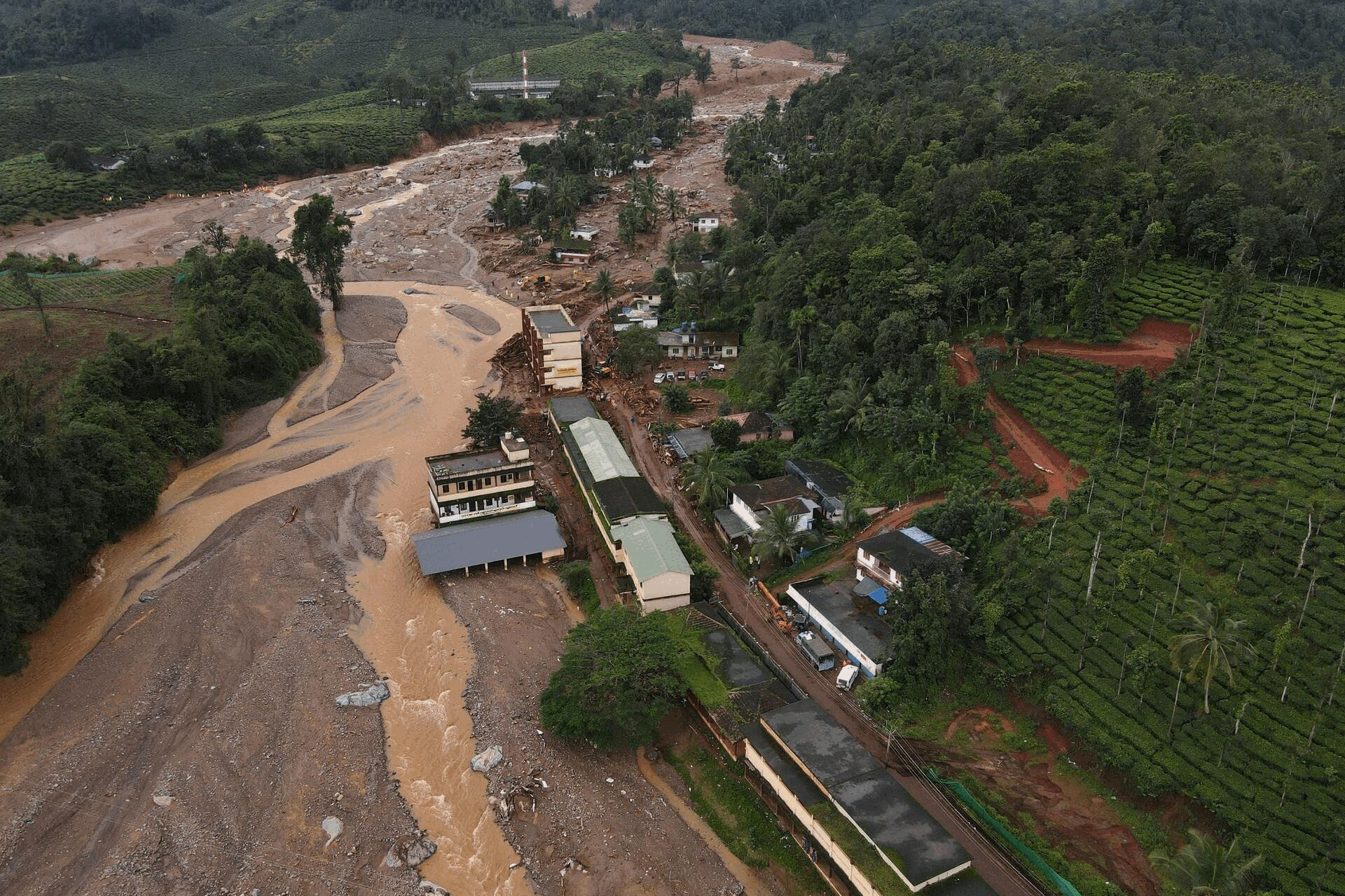

Authors: Pavan Kumar H & Naina J A
(With inputs from Arjun Raghunath in Thiruvananthapuram and Chiranjeevi Kulkarni in Wayanad)
Production: Shobhana Sachidanand
Data sources: Geological Survey of India, Karnataka State Natural Disaster Monitoring Centre, Karnataka State Disaster Management Authority & ISRO Landslide Atlas of India
Data compiled by: Sweekruthi K
Photos & Videos: DH Photos & Videos by Pushkar V, Chiranjeevi Kulkarni & Fakruddin H; PTI & Reuters
